2020 Hyundai Palisade Review

Unlike some automakers, Hyundai is super aggressive.
The South Korean company is seemingly hell-bent on global domination, striving to improve its products and grow sales every turn of the calendar. They’re always pushing to do better, regardless of vehicle segment or price point.
And this overwhelming ambition is pretty self-evident. Whenever Hyundai introduces a new model it’s a good bet it will be highly competitive, if not a segment-best. On paper, the brand’s brand-new 2020 Palisade three-row crossover looks like yet another winner, but let’s find out if in practice that’s the case.
Kissing Cousins
The Palisade is sized and equipped to compete with other three-row crossovers, you know, the usual suspects like Honda’s Pilot, the Volkswagen Atlas and Toyota Highlander. Of course, this Hyundai alsos rivals the brand-new 2020 Ford Explorer, which I just reviewed a few weeks ago. Dearborn’s latest proved to be better than expected and since it’s still top of mind, that gives me a great reference point for comparing this Hyundai.
FAST FACTS
| Engine: | 3.8-liter V6 |
| Output: | 291 horsepower, 262 pound-feet of torque |
| Transmission: | Eight-speed automatic |
| U.S. FWD Fuel Economy (MPG): | 19 city, 26 highway, 22 combined |
| U.S. AWD Fuel Economy (MPG): | 19 city, 24 highway, 21 combined |
| CAN Fuel Economy (L/100 km): | Not yet rated |
| U.S. Base Price: | $32,595, including $1,045 for delivery |
Built on an all-new SUV platform, Palisade shares major mechanical components with the equally fresh Kia Telluride. The two vehicles’ engine displacement and output, transmission gear count and wheelbase are all identical, though their designs are totally different so many drivers likely won’t realize they’re closer than kissing cousins. When it comes to looks, the Hyundai has an unmistakable grille and some unique dress-up trim on its flanks. Eighteen-inch wheels are standard but 20s are on the options menu. But do you like its looks? I’m not so sure I do.
Luxury Trimmings
Tailor-made for family duty, this Hyundai seats up to eight people, though drivers that don’t need to haul quite as many folks around can opt for second-row buckets. In top-shelf Limited models these rear chairs are also ventilated to help keep passengers cool and collected on even the hottest of days.
SEE ALSO: 2020 Ford Explorer Review – VIDEO
Like many rivals, a third-row seat is standard, one with a 60/40 split for added versatility. Dimensionally, these aft-most accommodations closely match the Explorer’s, which means they’re really a kids-only zone. Smaller adults might fit back there for short drives, but they won’t be terribly comfortable.
Keeping everyone happy, the Palisade offers wireless charging, up to seven USB ports and a whopping 16 cup holders! Yep, if you take advantage of all these beverage receptacles, you’ll likely be needing LOTS of bathroom breaks.
Other tech includes an available broad and bright 10.25-inch landscape infotainment display. An eight-incher is included on lower-trim models. Apple CarPlay and Android Auto are standard across the board.
The Palisade’s upmarket screen looks far more natural than the Explorer’s tall and narrow 10.1-inch portrait display. Like Ford, Hyundai also offers 12.3-inch fully digital instrument cluster. A head-up display is standard on Limited-trim variants as well.
Compared to Explorer, the Palisade has an edge in overall interior quality. Its design and execution seem more sophisticated, it feels a bit more upscale than the Ford’s admittedly cleaner-looking cabin. Limited models are, not surprisingly, the nicest of the crop, though they are fitted with glossy trim that’s speckled with sparkles. Unfortunately, these decorative appliques just look dusty all the time, especially in bright sunlight.
One thoughtful feature offered on this crossover is a power liftgate. No, this isn’t unique these days, like, at all, but Hyundai did something clever. They offer two operating speeds. Normally, the hatch motors open or closed in about 6 seconds, but there’s also an express setting that cuts that time down to a curt 4.5, ostensibly for folks that are in a real hurry.
Technical Highlights
The Palisade is hauled around by just one powertrain. Pop the hood and underneath the requisite acres of plastic shielding resides a 3.8-liter V6 engine. With variable valve timing on all four camshafts and direct fuel injection it delivers 291 horsepower and 262 pound-feet of torque.
Striking a balance between efficiency and performance, this engine can switch between the traditional four-stroke Otto and fuel-saving Atkinson combustion cycles as demanded by driving conditions.
The sole gearbox offered in this Hyundai is an eight-speed automatic. Predictably, front-drive is standard with all-wheel drive optional on all three trim levels, from base SE to midrange SEL to range-topping Limited.
Front-drive Palisades sticker at 19 miles per gallon city, 26 highway and 22 MPG combined. All-wheel drive degrades the highway figure by two points and the combined score by one, though the city rating remains unchanged.
This Hyundai’s powertrain works, for the most part, extremely well, though if you want more giddy-up you’re, regrettably, out of luck. In comparison, the Explorer I recently drove offers four times as many engine and transmission choices including a base turbo-four, a hybrid, a twin-turbo V6 and a performance-tuned V6. A little drivetrain choice in this application might be nice as well.
Thanks to what could be the stiffest structure in its segment, courtesy of huge quantities of high-strength steel, the Palisade should deliver exceptional crash protection. No, it hasn’t been smash-tested yet, but Hyundai projects this vehicle will be an IIHS Top Safety Pick+ and earn five stars from NHTSA.
But what’s better than surviving a crash? How about preventing one altogether? The Hyundai SmartSense suite of driver aides is standard on every Palisade. This includes things like lane-keeping assist, automatic high beams, adaptive cruise control with lane centering, a driver-attention monitor and forward collision prevention with pedestrian detection. Features like blind-spot monitoring, rear cross-traffic alert and Safe Exit Assist, which prevents passengers from getting out of the vehicle if oncoming traffic is detected, are all optional.
Another nifty is feature called Blind View Monitor. It projects live side views of the vehicle onto the instrument-cluster display when the turn signal is activated, a feature that’s hugely convenient.
The Drive
In motion, the Palisade is smooth and refined. The ride is well controlled and its cabin remains mostly quiet at even highway speeds, though a touch of tire rumble can be heard on weather-beaten pavement, ditto for wisps of wind noise at higher velocities.
Acceleration is perfectly adequate, with the 3.8-liter V6 delivering plenty of smooth performance. Most customers probably won’t care, but a touch more speed would be appreciated.
SEE ALSO: 2019 Subaru Ascent vs. Honda Pilot vs. Volkswagen Atlas Comparison – VIDEO
The Palisade’s eight-speed automatic transmission makes the most of the engine’s available horses, and this gearbox is an absolute gem. It can shift with lightning speed when called to and is always exceptionally smooth, both up and down the ratio stack. In testing, it never missed a beat or delivered less-than-stellar shift quality. Well done, Hyundai!
One complaint about driving the Palisade is its seating position. I found the front buckets quite hard and flat. Additionally, at six-feet tall the left-front bucket was a touch too high for me. I couldn’t lower the cushion or angle it enough to be truly comfortable, however, shorter or broader drivers might be just fine with this vehicle’s seats.
Hyundai Palisade Review: The Verdict
The 2020 Hyundai Palisade is a more-than-worthy three-row crossover. Spacious, smooth and reasonably economical, it should have no trouble wooing customers that are considering rivals like the Honda Pilot, Toyota Highlander and all-new Ford Explorer.
As for pricing, an entry-level SE FWD model starts at $32,595, while the range-topping Limited version begins at a princelier $47,445. Both prices include $1,045 in destination charges. The Hyundai Palisade should be arriving at dealerships right about now.
Discuss this story on our Hyundai Forum

Born and raised in metro Detroit, Craig was steeped in mechanics from childhood. He feels as much at home with a wrench or welding gun in his hand as he does behind the wheel or in front of a camera. Putting his Bachelor's Degree in Journalism to good use, he's always pumping out videos, reviews, and features for AutoGuide.com. When the workday is over, he can be found out driving his fully restored 1936 Ford V8 sedan. Craig has covered the automotive industry full time for more than 10 years and is a member of the Automotive Press Association (APA) and Midwest Automotive Media Association (MAMA).
More by Craig Cole




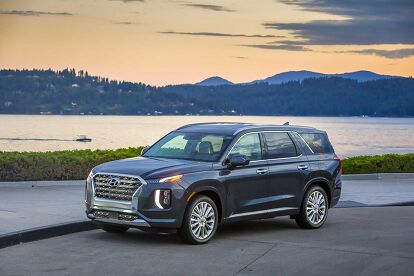
































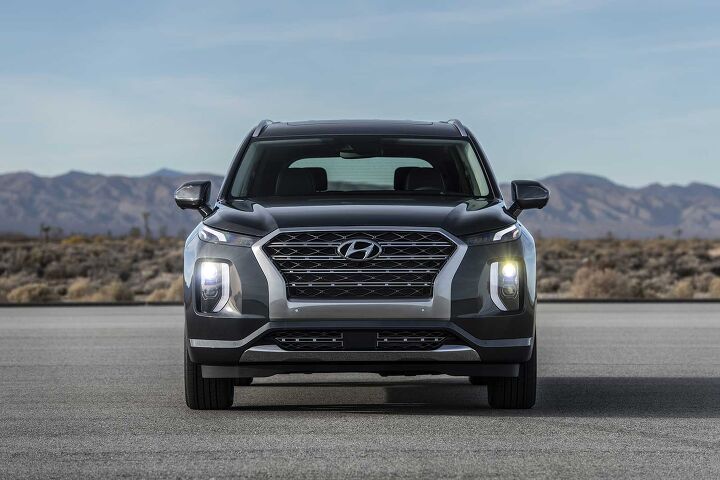






















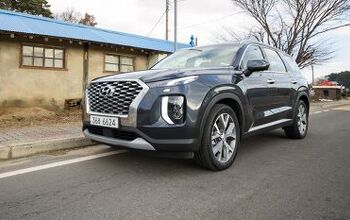


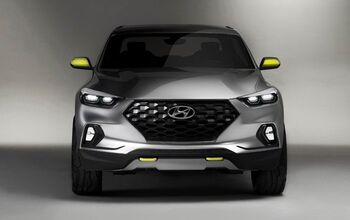
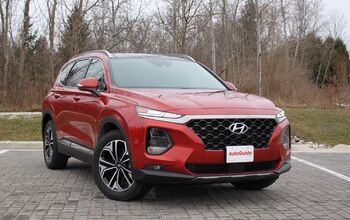


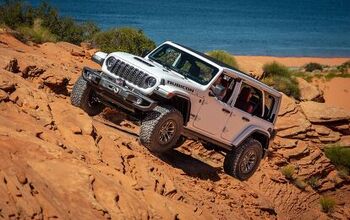



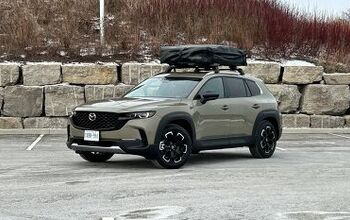
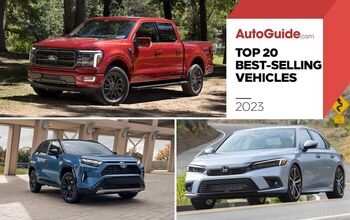

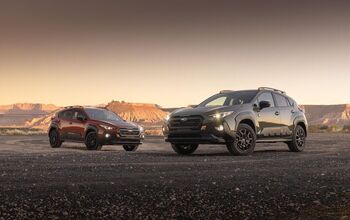
Comments
Join the conversation